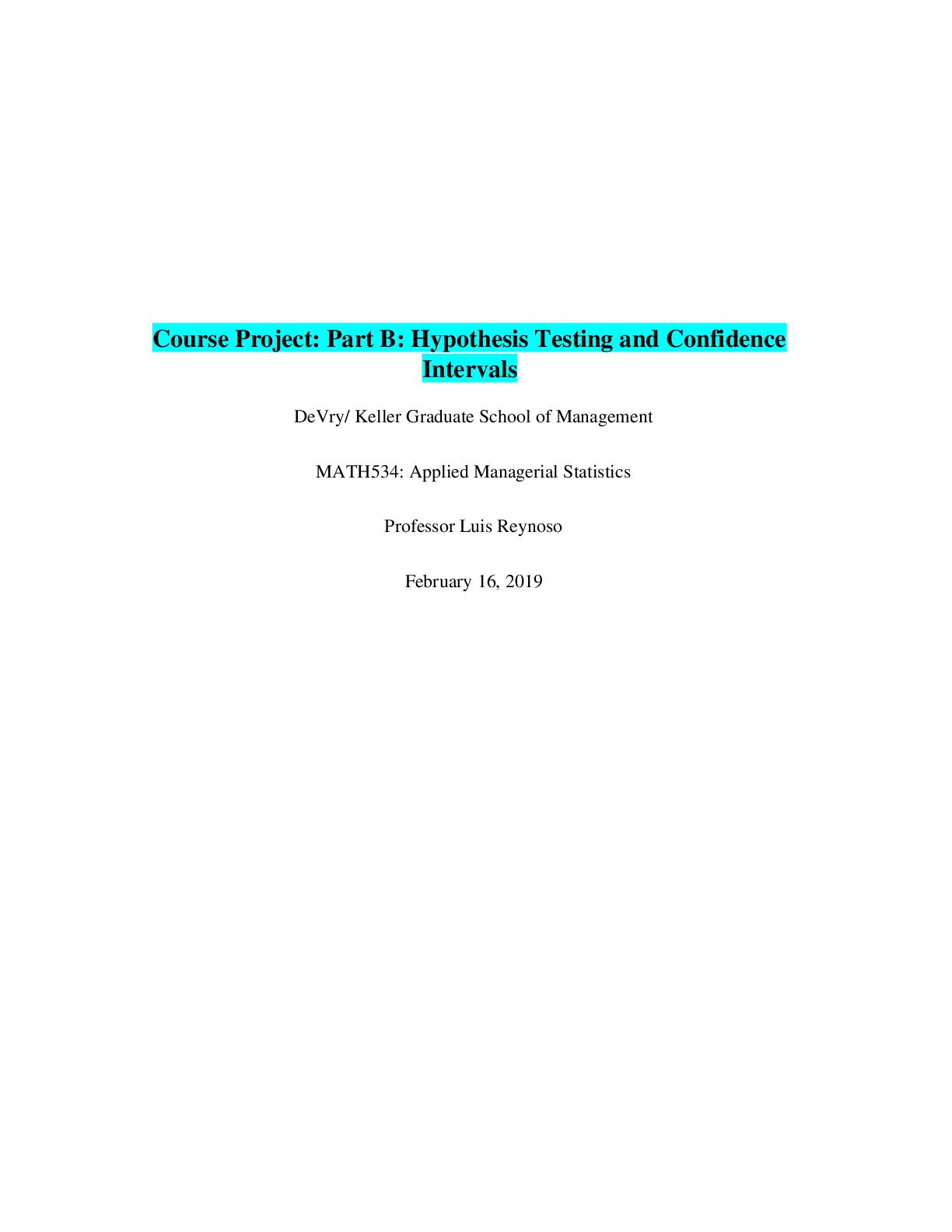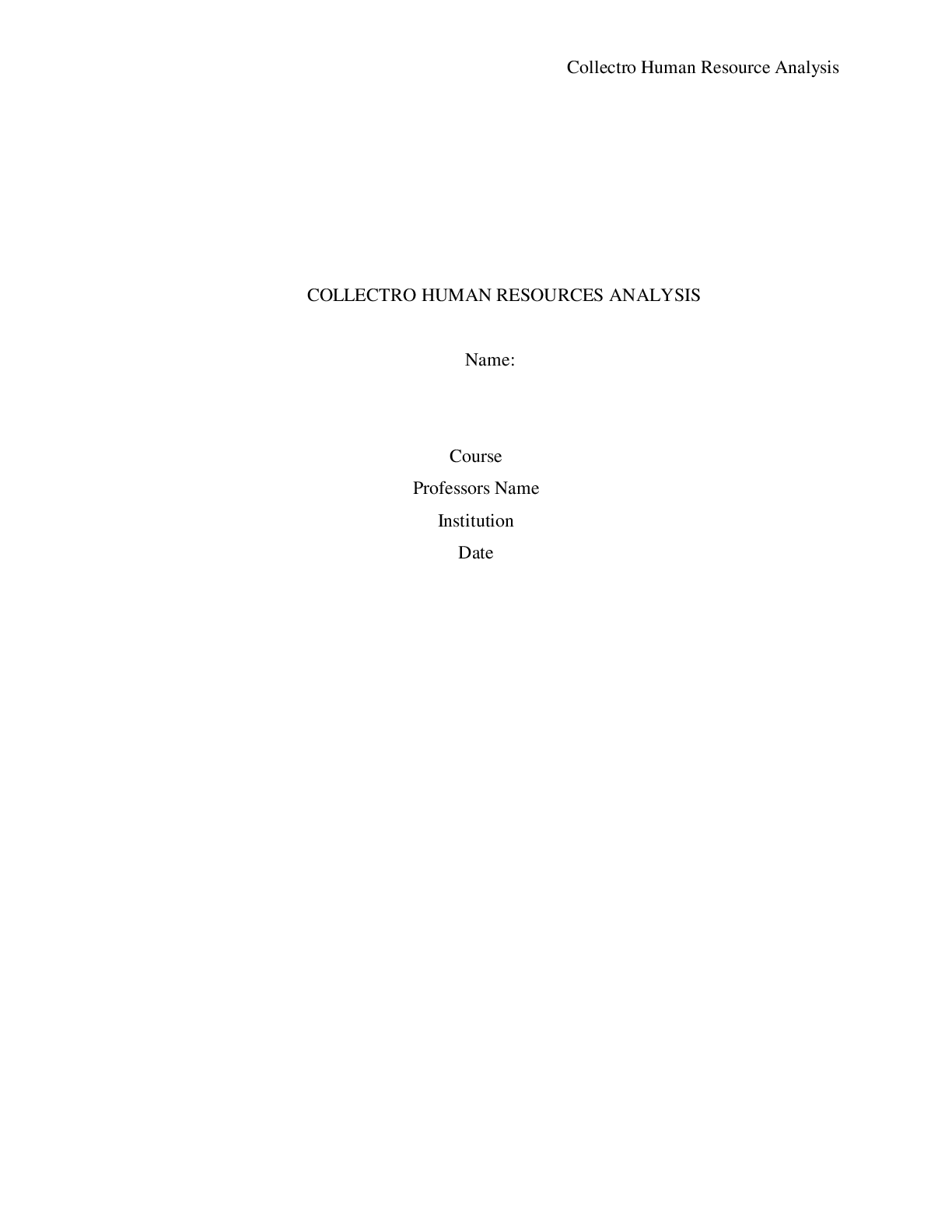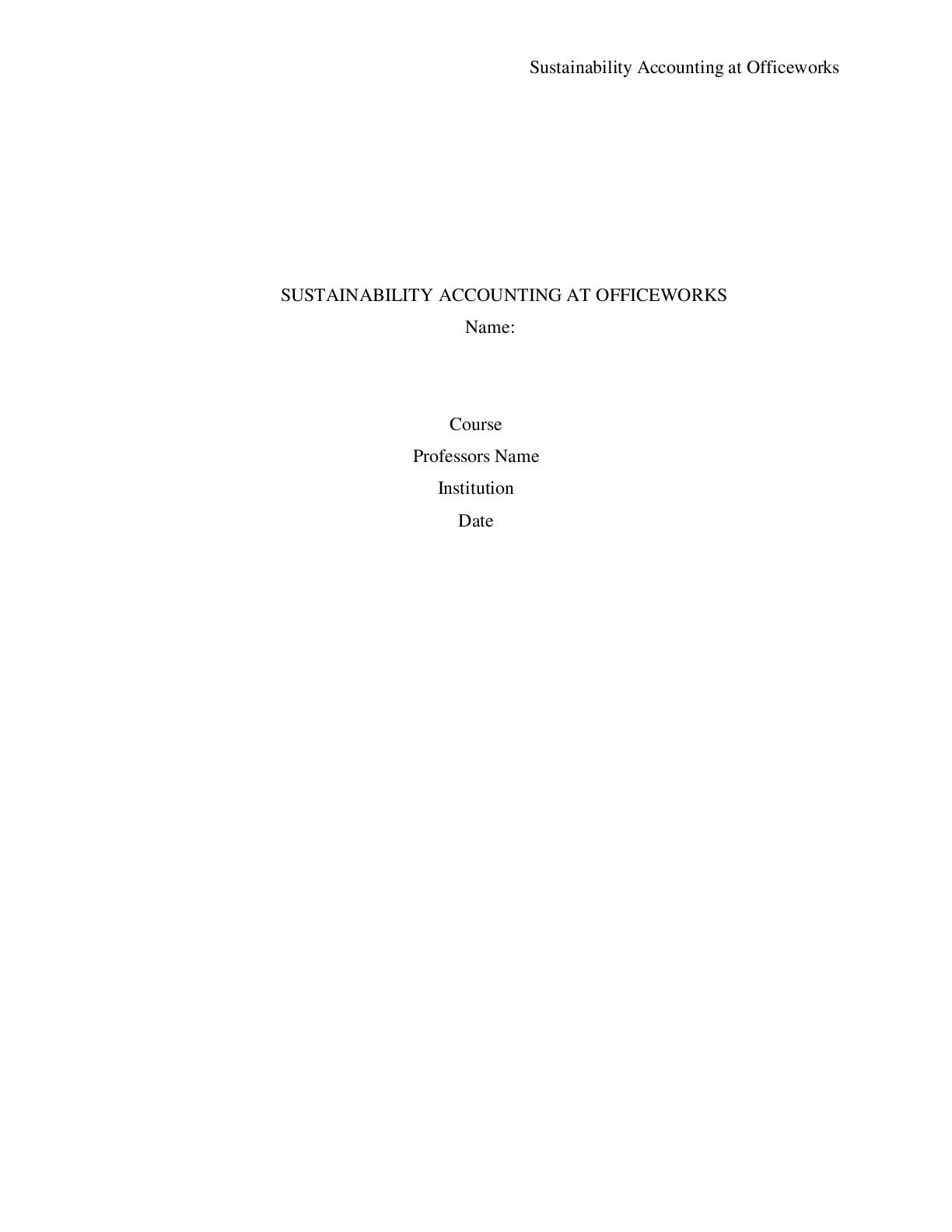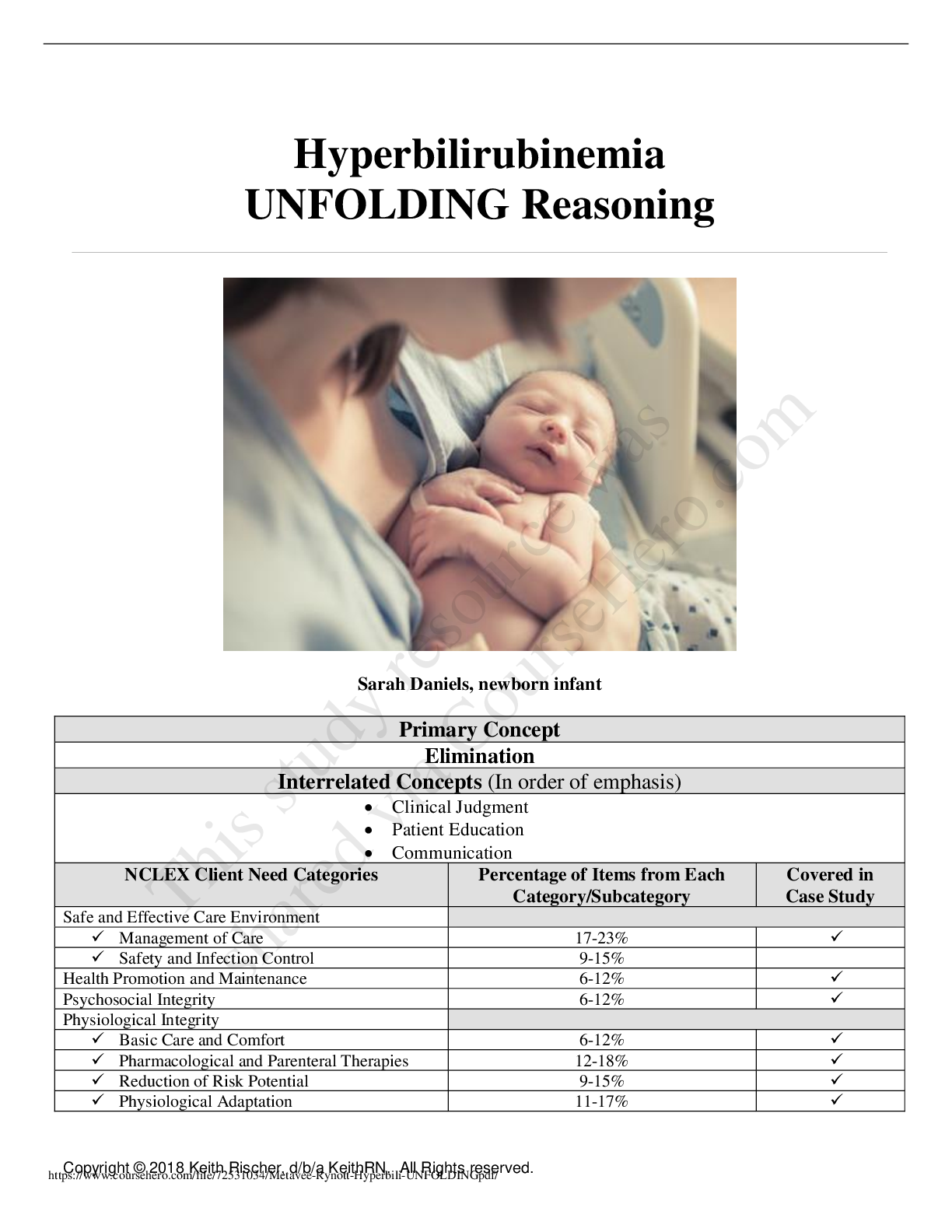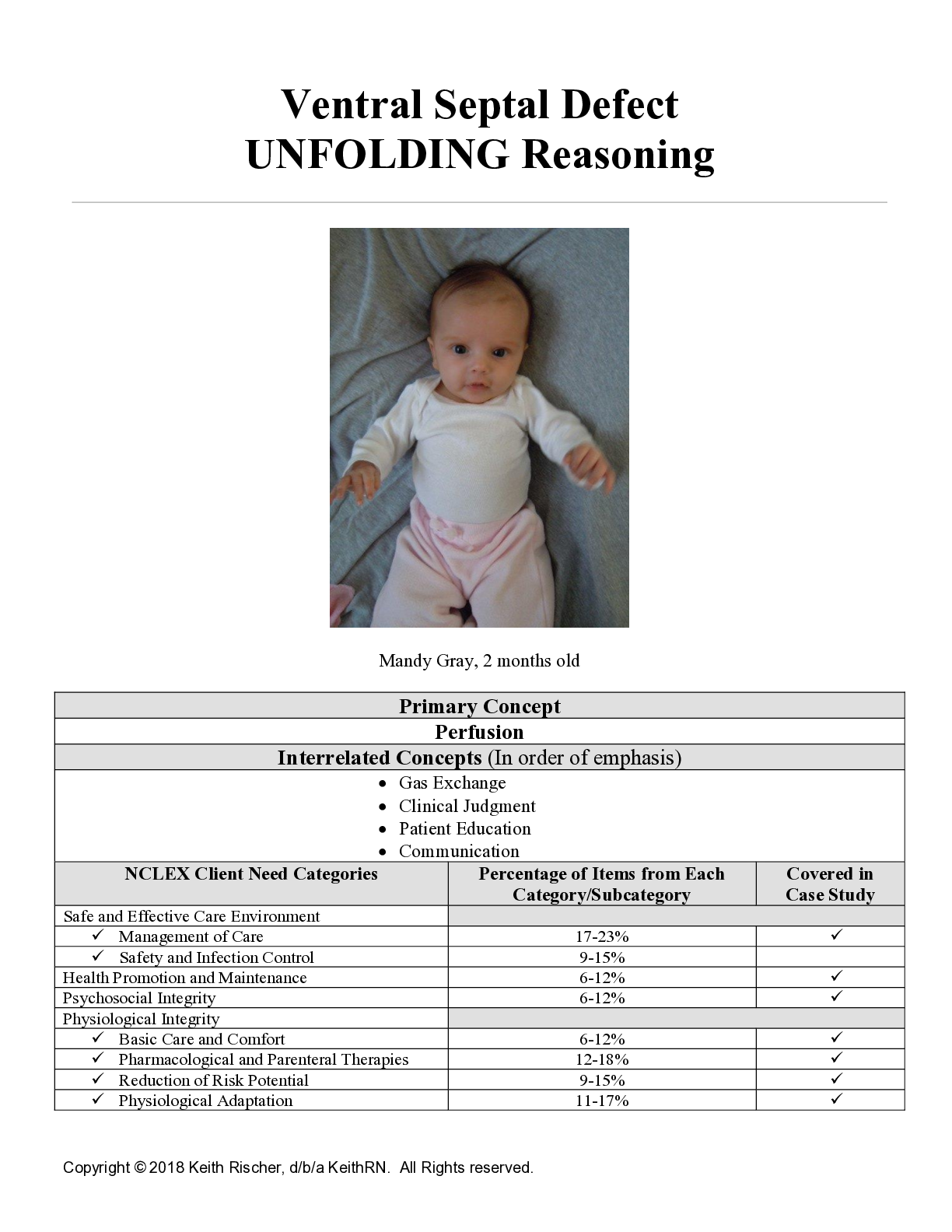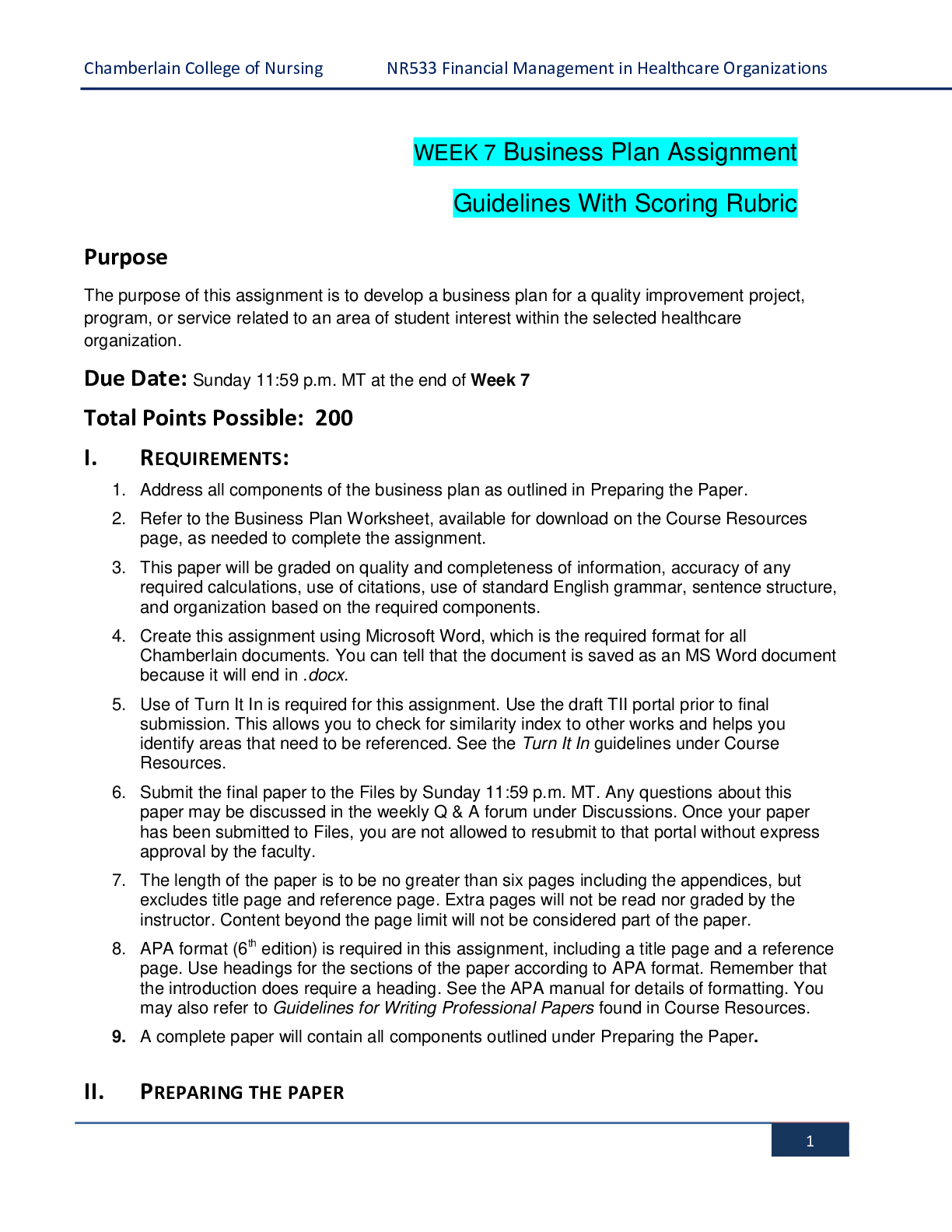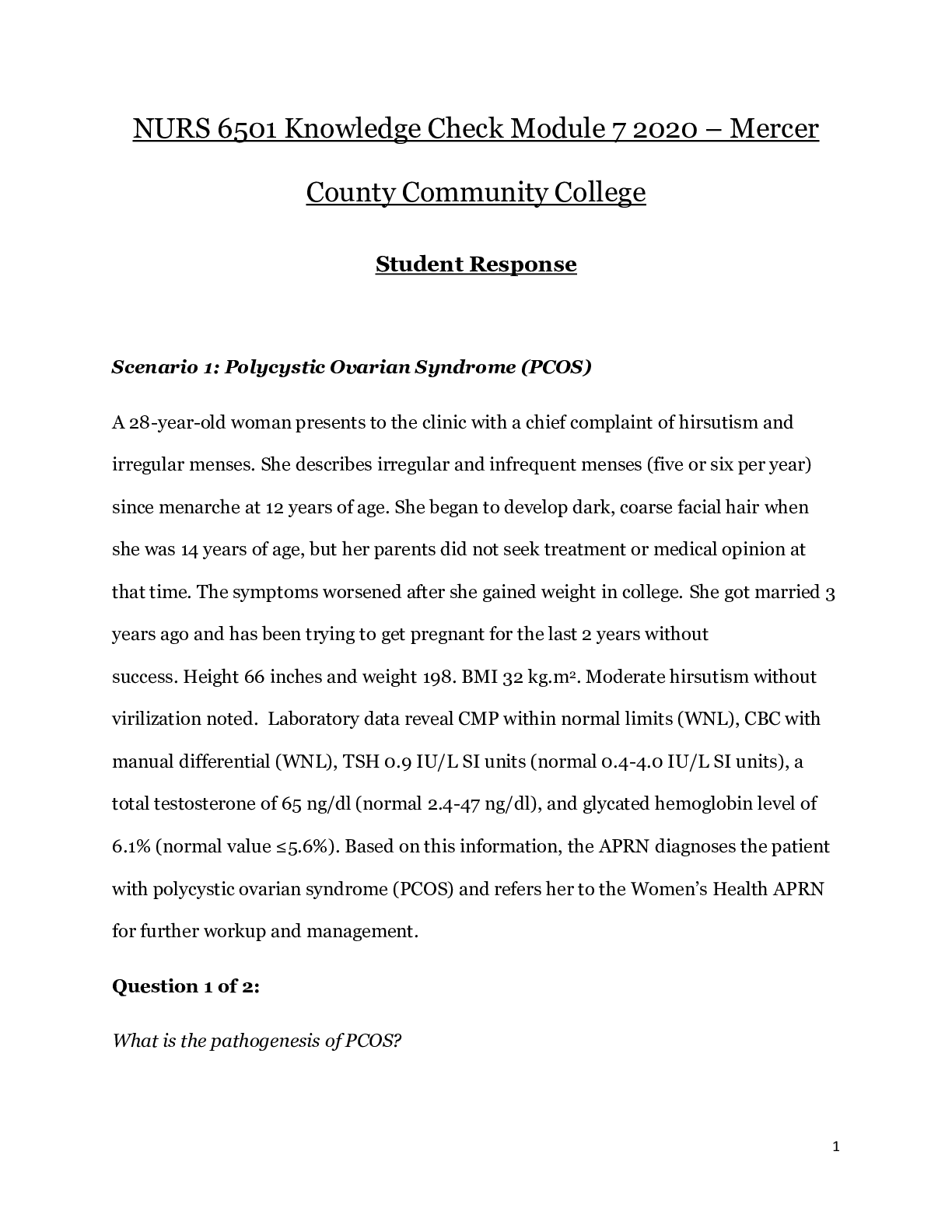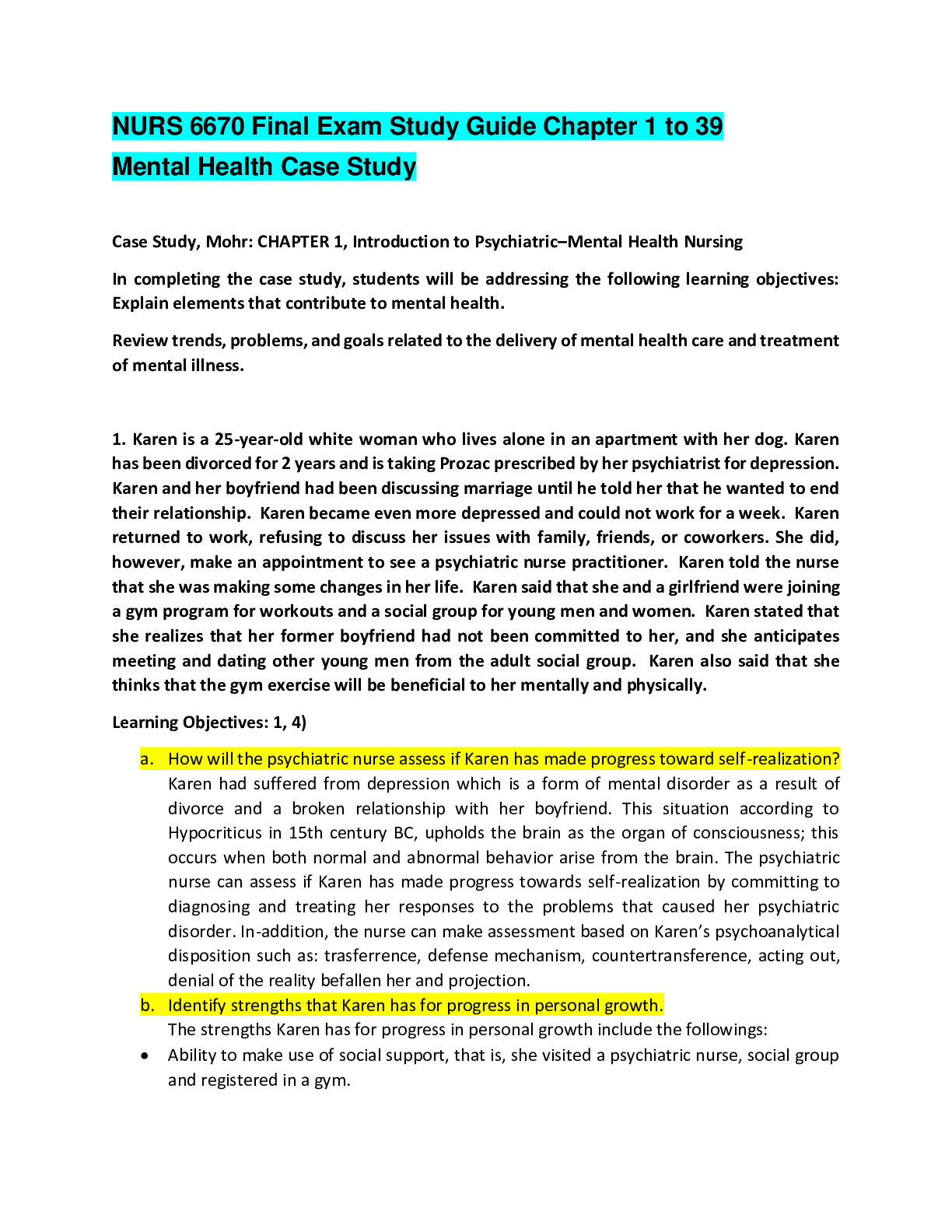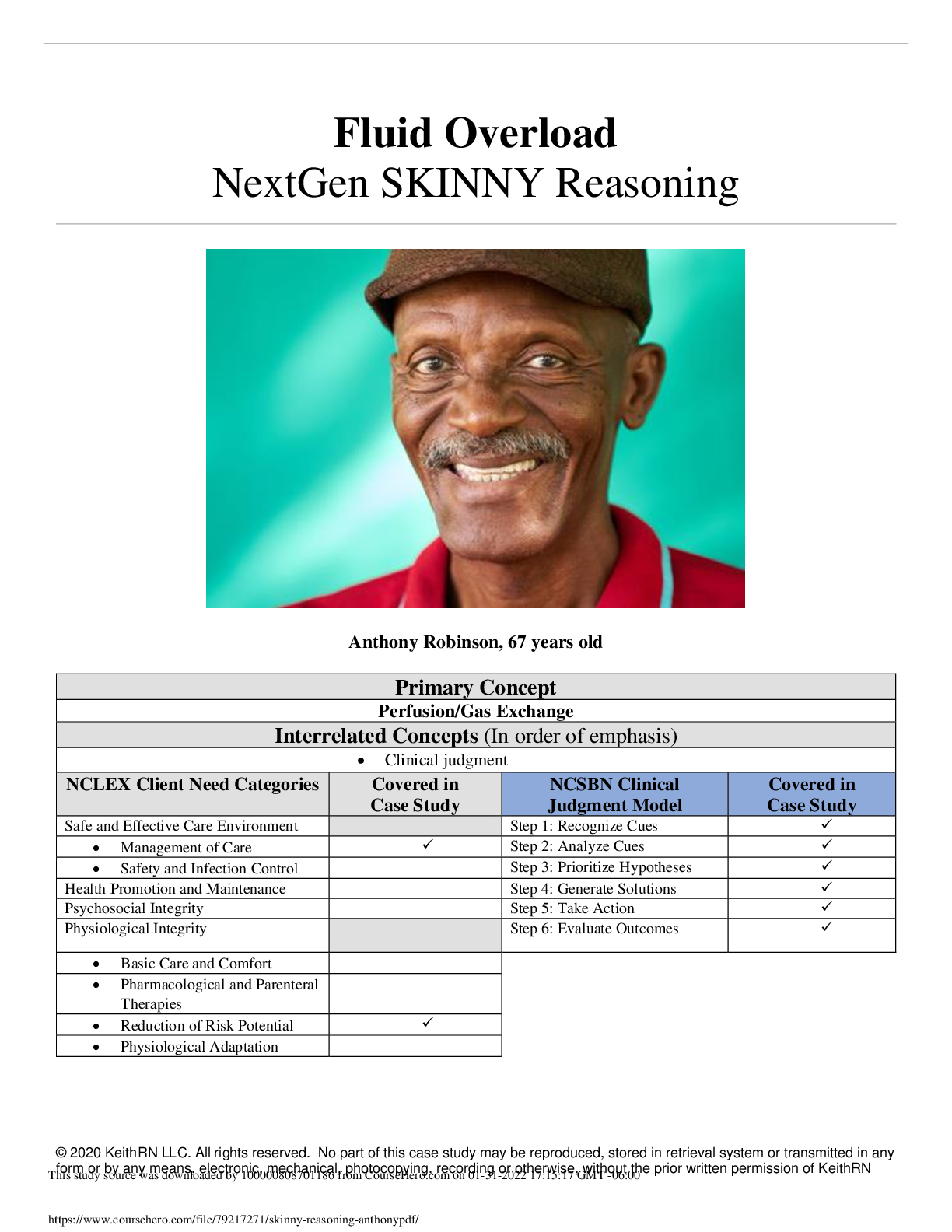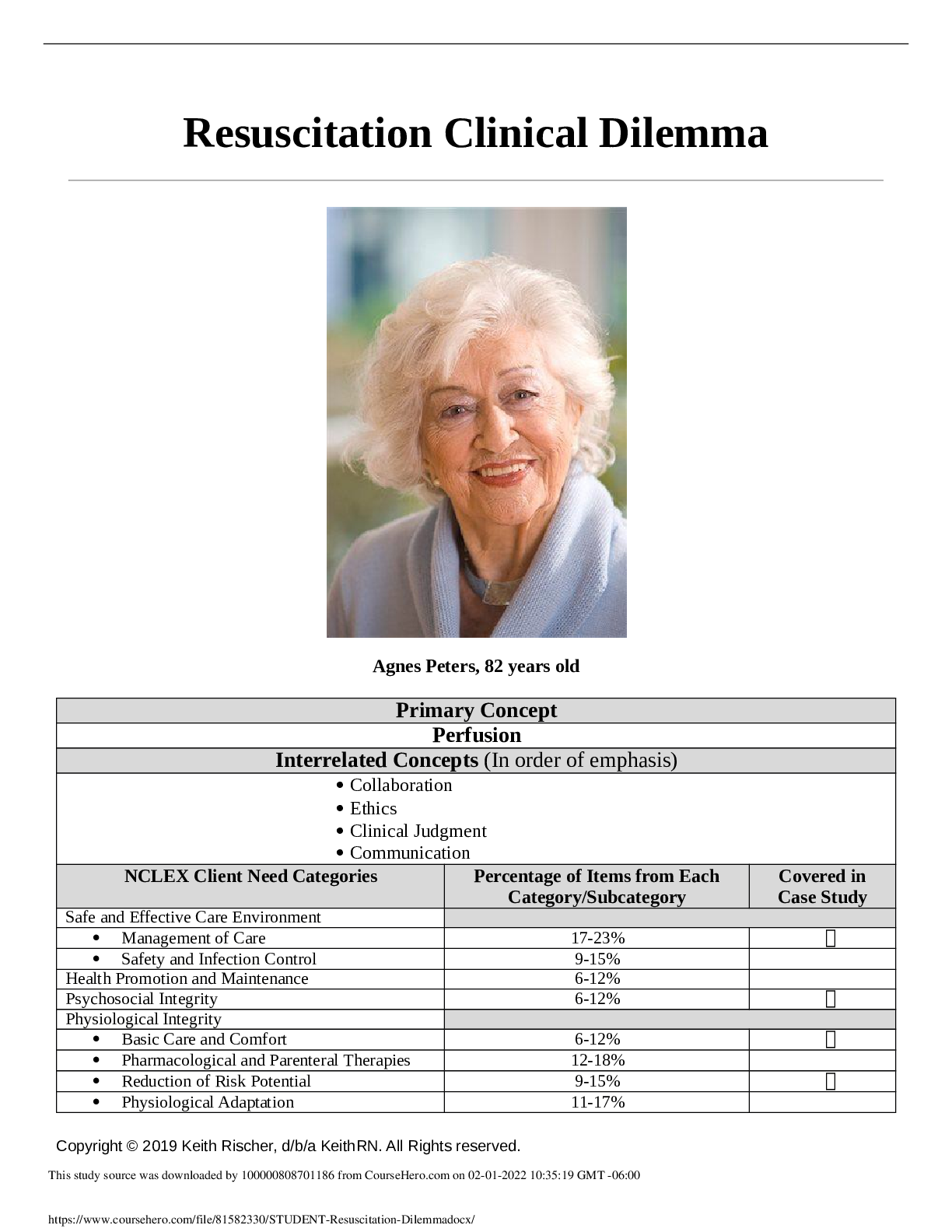Engineering Mechanics > CASE STUDY > QSO 300 Final Project: Nissan Case Study (All)
QSO 300 Final Project: Nissan Case Study
Document Content and Description Below
QSO 300 Final Project: Nissan Case Study Introduction: In the past, Nissan Motor Company has faced many issues that have negatively impacted ... the business. On March 11, 2011 Nissan’s Japan facility was hit by a massive earthquake and tsunami which delayed production of automobiles which lasted until October 2011. Luckily, Nissan had an earthquake emergency disaster plan in place to assist during the aftermath. However, Nissan needs to ensure that they are prepared for any other disaster that may occur regardless of size. The information presented, will offer an analysis of the company as a whole and provide direction for solving issues that they may face in the future. We will focus on quality, process and location analysis, as well as some problem area for operations managers. Generating Value: Functions Prior to the disaster in March 2011, Nissan had a regional decentralized supply chain structure. Nissan implemented a risk management function for crises that may affect global operations due to previous issues the company faced. Nissan’s risk management team is responsible for identifying and analyzing risk before it occurs and providing countermeasures to handle the aftermath. Nissan designed a readiness process that included disaster simulation training, ongoing seismic reinforcement for their facilities, and an earthquake emergency response plan; this ensures that business would not come to a halt in the wake of a disaster. Nissan takes pride in having a flexible organization and preparing the company for almost any disaster that could negatively impact business. Nissan gives information about their response plans in their annual reports, while their competitors lack the information. Unlike their Japanese competitors, Nissan’s corporate offices are diverse and many of the individuals employed have extensive knowledge in overseas operations. Nissan also offers a simplified product line which uses both build-to-stock and build-to- order strategies[Wil13]. In the aftermath of any future disasters, Nissan wants to still continue to cater to the needs of their customers instead of halting the production process. Nissan wants to offer base model vehicle options that are always available, as well as, vehicles specially ordered by costumers. By having some basic inventory on hand, more focus can be dedicated to build-to-order models. Generating Value: Competitive Advantage Nissan’s operations ..............................................................................CONTINUED............................................. [Show More]
Last updated: 1 year ago
Preview 1 out of 21 pages
Instant download

Instant download
Reviews( 0 )
Document information
Connected school, study & course
About the document
Uploaded On
Mar 12, 2021
Number of pages
21
Written in
Additional information
This document has been written for:
Uploaded
Mar 12, 2021
Downloads
0
Views
61

